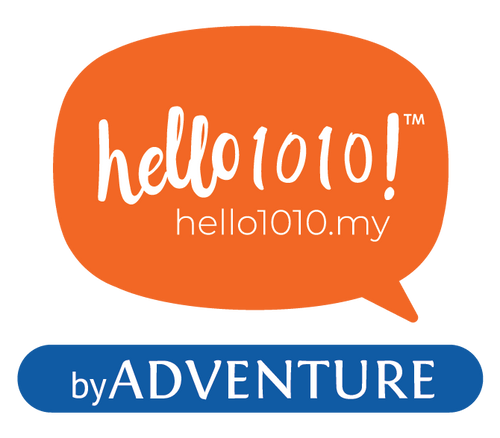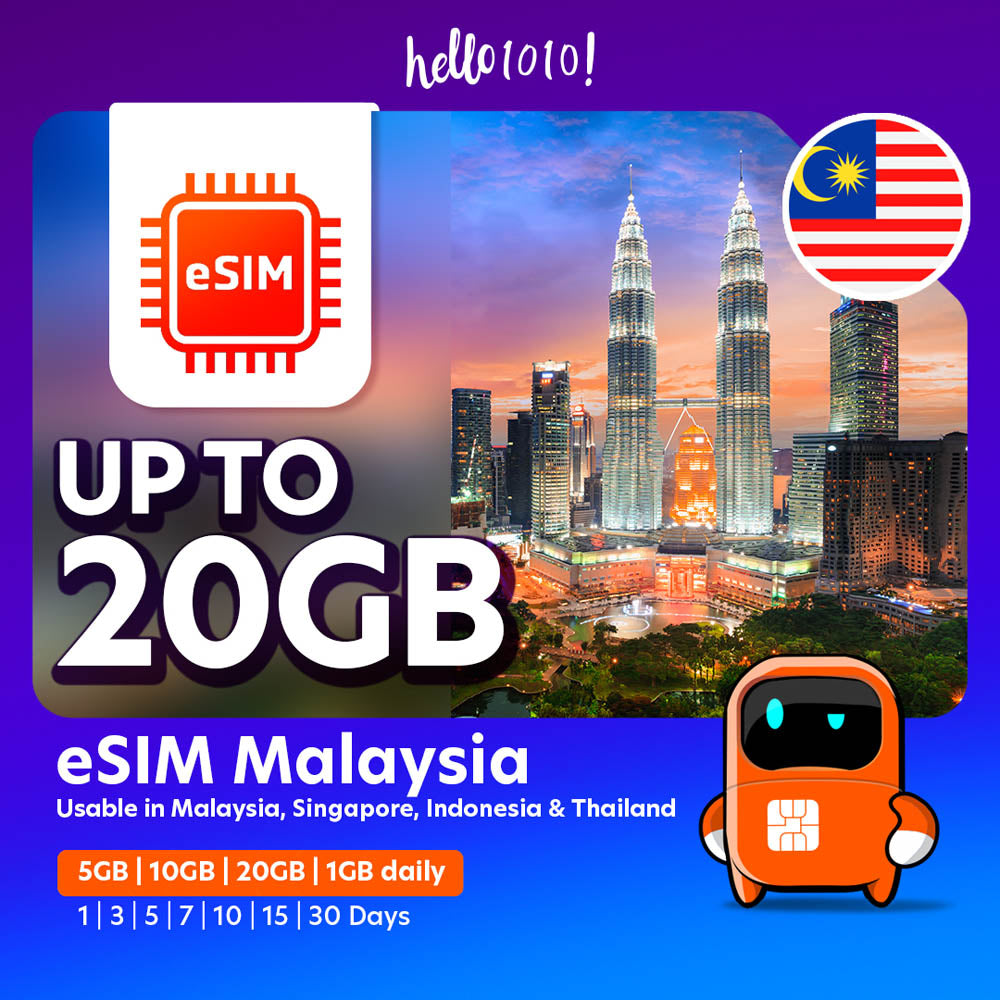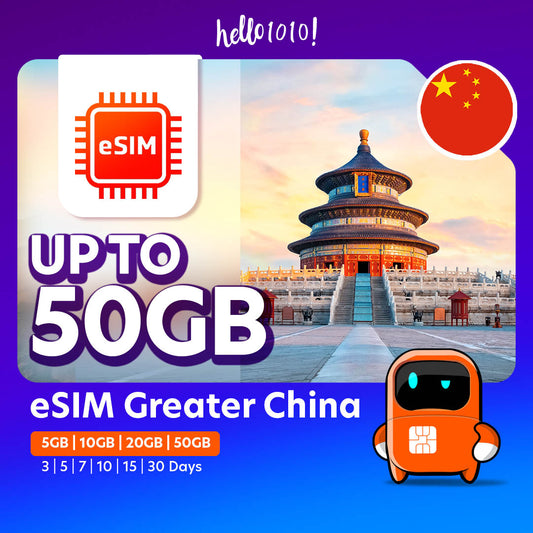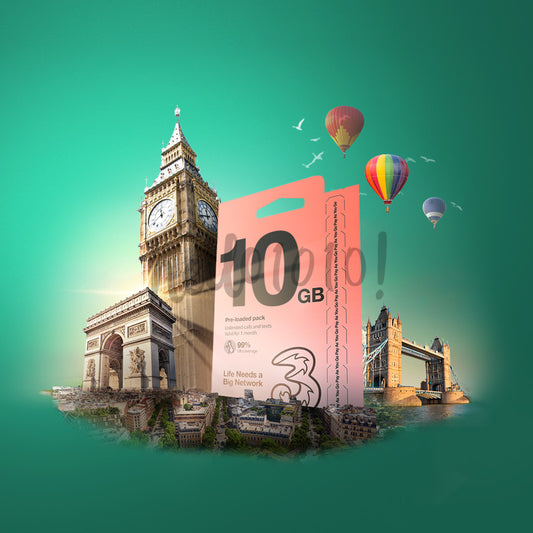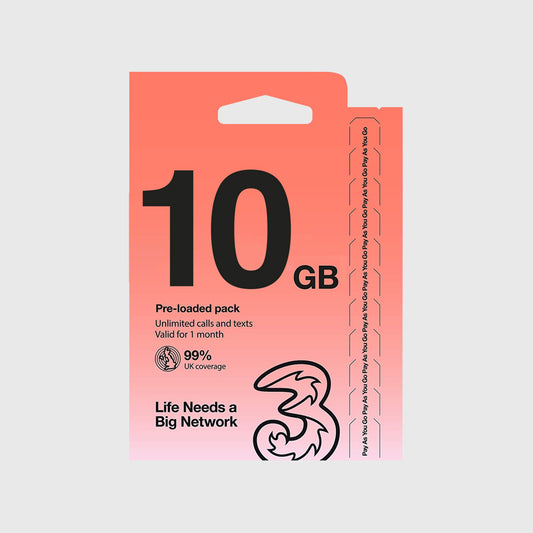Malaysia’s mix of cultures and religions has given rise to some of the most stunning temples, mosques, and churches in Southeast Asia. Many visitors come to admire the architecture, enjoy the peaceful atmosphere, or learn about local traditions, but it’s important to do so respectfully.
Even if you don’t practice the faith, you’re welcome to visit. Just remember to explore with respect and an open mind.
Table of Contents
Peranakan (Baba-Nyonya)
Where to Explore:
 Baba & Nyonya Heritage Museum (Malacca): a preserved townhouse on Heeren Street showcasing family heirlooms, bridal chambers, and fine porcelain.
Baba & Nyonya Heritage Museum (Malacca): a preserved townhouse on Heeren Street showcasing family heirlooms, bridal chambers, and fine porcelain.
 Pinang Peranakan Mansion (Penang): a grand residence with more than 1,000 antiques and ornate architecture.
Pinang Peranakan Mansion (Penang): a grand residence with more than 1,000 antiques and ornate architecture.
Language:
Historically, the Peranakan developed Baba Malay, a unique Malay creole with Hokkien influences. Today, many also speak English, Malay, and Chinese dialects.
Signature Cuisine:
Peranakan food is one of Malaysia’s most beloved. Expect dishes like ayam pongteh (braised chicken with fermented soybean paste), asam laksa, otak-otak, and vibrant Nyonya kuih desserts
Chetti / Chitty of Malacca
Where to Explore:
 Chitty Museum (Kampung Chetti, Malacca): a small but heartfelt museum inside the Chitty village itself, preserving cultural artefacts and a traditional home.
Chitty Museum (Kampung Chetti, Malacca): a small but heartfelt museum inside the Chitty village itself, preserving cultural artefacts and a traditional home.
Language:
The Chitty community historically spoke Chetti Creole, a mix of Malay, Tamil, and bits of Chinese. Today, Malay and Tamil are widely used.
Signature Cuisine:
Chitty food is a delightful blend of Tamil and Malay styles, with coconut-based curries, rice dishes, and local twists on familiar Indian flavours.
Iban, Bidayuh & Orang Ulu of Sarawak
Where to Explore:
 Sarawak Cultural Village (Santubong, near Kuching): a “living museum” where you can step into reconstructed longhouses of the Iban, Bidayuh, and Orang Ulu, complete with performances and crafts.
Sarawak Cultural Village (Santubong, near Kuching): a “living museum” where you can step into reconstructed longhouses of the Iban, Bidayuh, and Orang Ulu, complete with performances and crafts.
 Sarawak Museum (Kuching): one of Southeast Asia’s oldest museums, with ethnographic galleries dedicated to indigenous Dayak cultures.
Sarawak Museum (Kuching): one of Southeast Asia’s oldest museums, with ethnographic galleries dedicated to indigenous Dayak cultures.
Language:
-
Iban: a Malayic language spoken widely across Sarawak.
-
Bidayuh: several related dialects distinct from Iban.
-
Orang Ulu: a broad group including Kenyah, Kayan, and Penan, each with their own languages.
Signature Cuisine:
Don’t miss manok pansuh (chicken cooked in bamboo), kelupis (glutinous rice wrapped in leaves), and a variety of smoked, fermented, or sago-based dishes.
Kadazan-Dusun, Rungus, Bajau & Murut of Sabah
Where to Explore:
 Monsopiad Heritage Village (Penampang, near Kota Kinabalu): dedicated to the Kadazan-Dusun people and their legendary warrior ancestor, Monsopiad.
Monsopiad Heritage Village (Penampang, near Kota Kinabalu): dedicated to the Kadazan-Dusun people and their legendary warrior ancestor, Monsopiad.
 Mari Mari Cultural Village (Inanam, Kota Kinabalu): an interactive heritage park showcasing the homes and traditions of five Sabah tribes: Kadazan-Dusun, Rungus, Lundayeh, Bajau, and Murut.
Mari Mari Cultural Village (Inanam, Kota Kinabalu): an interactive heritage park showcasing the homes and traditions of five Sabah tribes: Kadazan-Dusun, Rungus, Lundayeh, Bajau, and Murut.
Language:
-
Kadazan-Dusun: the largest indigenous group in Sabah, speaking various Dusunic languages.
-
Rungus, Bajau, and Murut: each has distinct Austronesian languages and traditions.
Signature Cuisine:
Highlights include umai (a raw fish salad), pansuh dishes, rice based delicacies like kelupis, and traditional rice wine.
Visiting Malaysia’s sub-ethnic museums offers more than just sightseeing. It is a chance to connect with the country's soul through stories of resilience, identity, and tradition. From the vibrant Peranakan culture to the deep roots of the Dayak and Kadazan-Dusun communities, these museums bring heritage to life.
If you are travelling to Malaysia, go beyond the malls and beaches. Explore these cultural spaces to truly experience the richness and unforgettable diversity of the nation.
